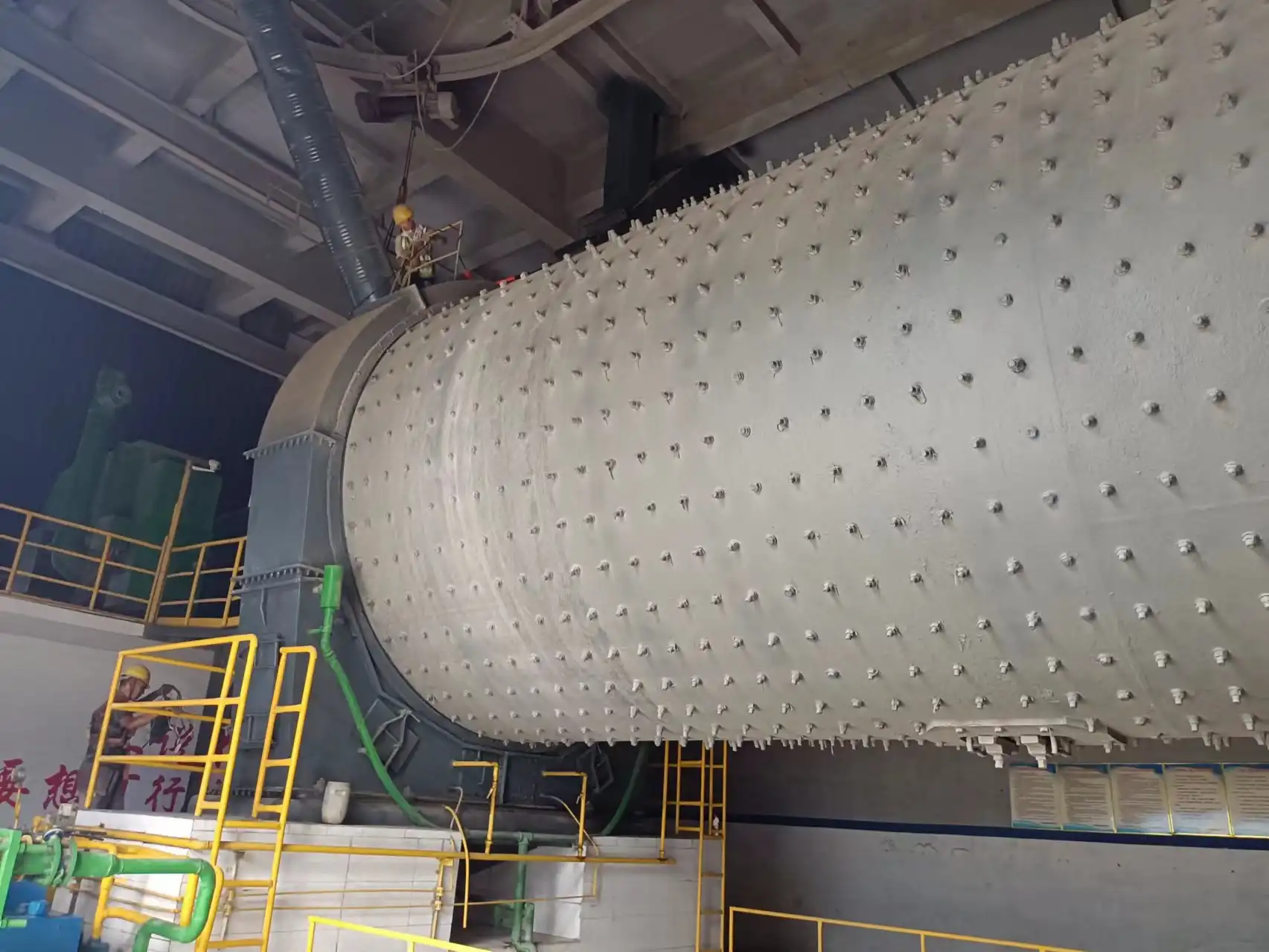What factors influence the performance of Grinding Balls for Ball Mill?
Material composition and hardness
The performance of Grinding Balls for Ball Mill is heavily influenced by their material composition and hardness, which directly impact their durability and grinding efficiency. High-quality grinding media are typically made from alloys that offer superior wear resistance and toughness, ensuring long-lasting performance in harsh milling environments. Chrome steel is a widely used material for grinding balls due to its ability to withstand extreme wear and provide reliable performance under high-impact conditions. The hardness of the balls, often measured using the Rockwell or Brinell scale, plays a critical role in determining their ability to maintain shape and resist wear. Harder balls typically offer improved durability and more consistent grinding results over time. However, it is crucial to find the right balance, as balls that are too hard may become brittle and more prone to shattering or cracking under high-impact stress, which could negatively affect mill performance and lead to increased maintenance costs.
Size distribution and ball charge
The size distribution of grinding balls and the overall ball charge are critical factors in optimizing the performance of a ball mill. A well-balanced mix of ball sizes ensures efficient energy transfer and material breakage, particularly across various particle sizes. Larger balls are highly effective in breaking down coarse materials, while smaller balls are more suited for fine grinding, providing better control over the final particle size. The ball charge, which refers to the volume or amount of grinding balls within the mill, also plays a significant role in influencing grinding kinetics and energy consumption. Maintaining an optimal ball charge, typically between 30% to 45% of the mill's total volume, helps to maximize grinding efficiency. This balance minimizes unnecessary wear on the balls and reduces energy waste, thereby improving overall milling performance and lowering operational costs. Proper management of ball size distribution and charge volume is therefore essential for achieving optimal grinding outcomes.
How does the surface treatment of grinding balls improve their performance?
Surface hardening techniques
Surface treatment techniques can greatly improve the performance of Grinding Balls for Ball Mill by enhancing their wear resistance and impact strength, which are crucial for optimizing milling operations. One of the most common methods is surface hardening, which alters the surface properties of the balls without affecting their internal structure. This ensures that the core retains its toughness, while the outer surface becomes harder and more wear-resistant. Techniques like induction hardening and flame hardening are widely used for this purpose. Induction hardening involves heating the surface of the ball with an electromagnetic field, followed by rapid cooling, creating a hard outer layer. Flame hardening, on the other hand, uses a direct flame to heat the surface before quenching. Both methods result in grinding balls that can better withstand high-impact forces and resist abrasive wear, leading to significantly longer service life and more consistent grinding performance. These treatments ultimately enhance the efficiency and cost-effectiveness of milling operations.
Coating technologies
Advanced coating technologies offer another avenue for improving grinding ball performance. Ceramic coatings, for example, can be applied to metal grinding balls to enhance their surface hardness and wear resistance. These coatings act as a protective barrier, reducing metal-to-metal contact and minimizing ball wear. Some specialized coatings also possess self-lubricating properties, which can reduce friction within the mill and improve energy efficiency. While coated balls may have a higher initial cost, their extended lifespan and improved performance often result in long-term cost savings and enhanced grinding efficiency.
What operational strategies can optimize Grinding Balls for Ball Mill performance?
Proper mill loading and speed control
Optimizing the performance of Grinding Balls for Ball Mill requires careful attention to operational parameters, particularly mill loading and speed control. The mill load, which includes both the grinding media and the material being ground, should be maintained at an optimal level to ensure efficient energy transfer and grinding action. Overloading can lead to inefficient grinding and increased ball wear, while underloading may result in excessive ball-to-ball contact and reduced grinding efficiency. Similarly, the mill's rotational speed plays a crucial role in determining the grinding effectiveness. Operating at the critical speed, typically around 70-80% of the theoretical critical speed, ensures that the balls achieve the optimal cascading and cataracting motion for effective grinding.
Continuous monitoring and process optimization
Implementing a robust monitoring and optimization strategy is essential for maintaining peak performance of grinding balls. Advanced process control systems can continuously monitor key parameters such as power draw, noise levels, and product fineness to detect any deviations from optimal conditions. By analyzing this data, operators can make informed decisions to adjust mill parameters, ball charge, or grinding media composition in real-time. Regular sampling and analysis of the ground product can also provide valuable insights into grinding efficiency and guide decisions on when to replenish or replace grinding balls. This proactive approach to process optimization ensures that the grinding balls consistently deliver high performance, maximizing productivity and minimizing operational costs.
In conclusion, improving the performance of Grinding Balls for Ball Mill requires a multifaceted approach that encompasses material selection, surface treatment, and operational strategies. By carefully considering factors such as ball composition, size distribution, and surface properties, industries can significantly enhance their grinding efficiency and reduce operational costs. Furthermore, implementing advanced monitoring and optimization techniques ensures that the grinding process remains at peak performance over time. For those seeking high-quality grinding balls and expert advice on optimizing their ball mill operations, NINGHU offers a range of solutions tailored to various industrial applications. To learn more about our products and services, please contact us at sales@da-yang.com or sunny@da-yang.com.









